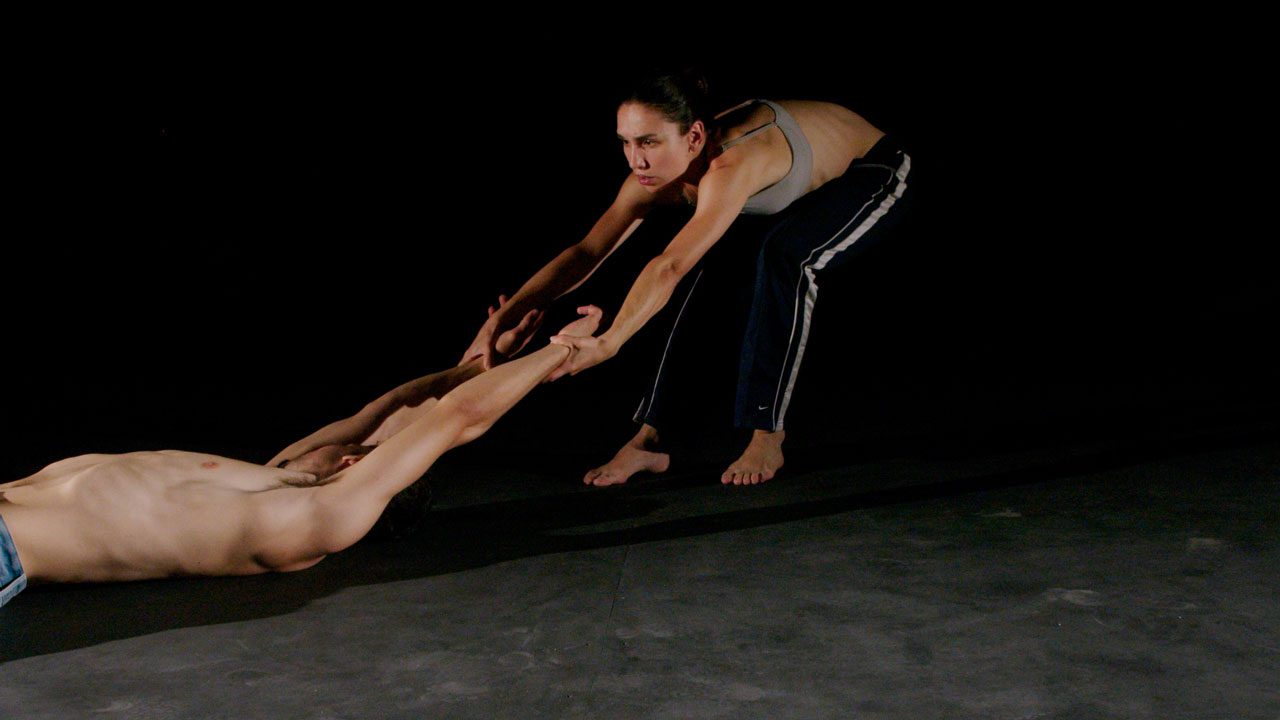PHOTO:States of Rebirth
The exhibition “States of Rebirth” at Deichtorhallen Hamburg examines the correlation between the body, movement and societal structures in physical and digital spaces, through a focus on documentary and conceptual projects in Performance-, Portrait and Dance-Photography. Through a choreography of photographs that explore the relationship between moving bodies, the exhibition examines how our attitudes, gestures and affections at once reflect, configure and transform how we negotiate societal change.
By Dimitris Lempesis
Photo: Deichtorhallen Hamburg Archive

As a choreography of photographs concerning of the relationship between bodies in motion, the exhibition “States of Rebirth” explores how our attitudes, gestures and affectations at once reflect, configure and transform how we negotiate societal change. In particular, how our normative, algorithmic visual culture – and its discerning, deriding gaze – is visible in our restless bodies: how they move; how they slouch, grope, evade or repell; how they sink; or how they stand tall; suppose a gesture, strike a pose; how they influence and reflect each other; how they grasp for connection. Performance and photographic approaches ask how we might dive deep, descend through ourselves and hone in on the basis of our self-empowerment (Isaac Chong Wai); or if, through the making and unmaking of the algorithmic gaze into its constituent parts, we can reconstruct them anew (Moshtari Hilal). Experiences of migration, marginalisation and social exclusion shape our body language, our perception of the self and the other. Artists like Felipe Romero Beltrán, Roxana Rios and Farren van Wyk have developed new artistic principles in their ‘Body Images’ to explore the relationship between personal experience and socio-political dynamics. In doing so, they question our power structures, identity, belonging, matters of the refugee experience and the colonial gaze, and how they might all be redirected in the body as sources of empowerment, resistance and transformation – like rearranging our posture. Spaces (both physical and digital) are always the result of societal developments; space is therefore never neutral. Imperial powers have continuously conquered and divided geographic spaces to establish their systems of rule. These global processes continue to shape social and political hierarchies and geographies to this day. Spaces are designed based on predetermined conditions, and infrastructures cater to specific needs, abilities, and senses. External factors create frameworks that structure internal processes. These external factors refer to cultural agreements and political orders, which manifest across a spectrum ranging from ethical principles to realpolitik operations. As structuring frameworks, these regulatory systems shape the form, movement, and perception of bodies. As a result, access to space is unequally distributed—the occupation of space by privileged bodies leads to the effective displacement of bodies marked as “other.” A disruption of these spatial orders is sanctioned both socially and legally. In physical space, urban planning, architecture, and social norms dictate how and where bodies may exist. Who has access to certain spaces and who does not is determined by politically constructed hierarchies of gender, class, race, or disability. Spaces are built based on normative ideas of the body, often (deliberately) failing to accommodate all bodies. The conditions that define spatial frameworks are negotiated in alignment with bodies deemed privileged, while deviations from this template are marginalized. Thus, spaces are not merely locations but products of social power relations. The possibilities for inscribing oneself into and shaping space are countered by regulatory processes that control digital bodies. Platforms enforce guidelines that determine what is permissible, relevant, or restricted. Though executed online through algorithms, these regulations are rooted in the social norms and political interests of platform operators. The freedoms of thought and speech can be decided by individual bodies in all directions. However, mere visibility or having a voice is not enough—on the one hand, hierarchical structures influence who is actually heard; on the other hand, increased public exposure always carries risks for vulnerable bodies. Visibility is valuable, but safety is even more crucial. At the latest, the concrete realization of certain political concerns depends on embodied political practice—justice must also be strengthened in the physical world. The notion of digital space as an autonomous realm free from oppression is therefore too simplistic—nor was it ever designed as such. Even here, powerful bodies dominate large parts of the space, shaping (in)visibility. Emancipatory processes remain subject to politically constructed regulations, and the recognition of bodily realities worldwide is still fundamentally dependent on their visibility within Eurocentric information networks. The possibilities of inscribing oneself into and shaping space are countered by regulatory processes that control digital bodies. Platforms enforce guidelines that determine what is permissible, relevant, or restricted. Though executed online through algorithms, these regulations are still based on the social norms and political interests of platform operators. The freedoms of thought and speech can be determined by individual bodies in all directions. However, merely gaining visibility or a voice is not enough—hierarchical structures influence who is actually heard, and increased public exposure always carries risks for vulnerable bodies. Visibility is important, but safety is even more crucial. Ultimately, the concrete realization of certain political demands relies on embodied political practice—justice must also be strengthened in the physical world.
Participating Artists: KhingWei Bai, Felipe Romero Beltrán, Moshtari Hilal, Naomi Lulendo, Ana Maria Sales Prado, Roxana Rios, Aykan Safoğlu, Isaac Chong Wai, Farren van Wyk
Photo: Felipe Romero Beltrán, Instruction (Filmstill), 2024, © Felipe Romero Beltrán
Info: Curator: Nadine Isabelle Henrich, Deichtorhallen Hamburg – Internationale Kunst und Fotografie, PHOXXI Hamburg, Deichtorplatz 1, Hamburg, Germany, Duration: 21/2-17/8/2025, Days & Hours: Tue-Sun 11:00-18:00, www.deichtorhallen.de/
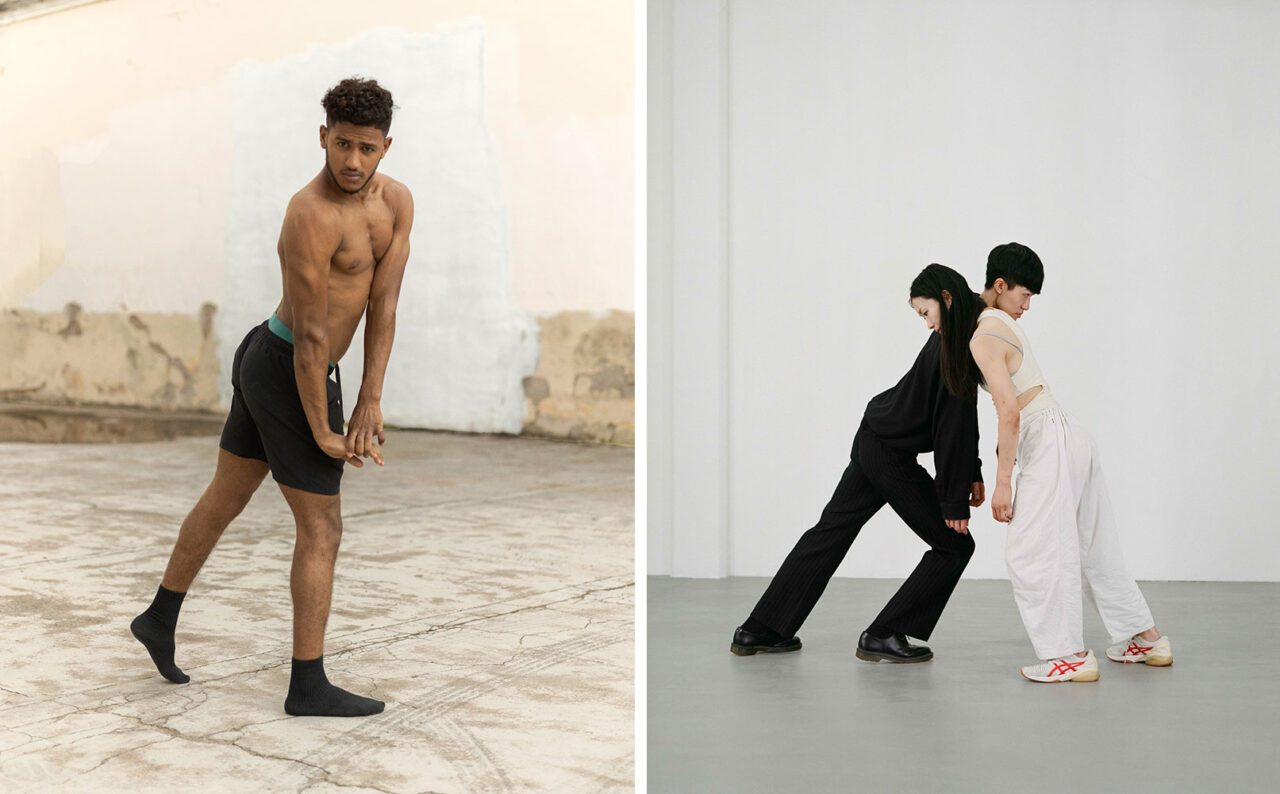
Right: Isaac Chong Wai, Falling Reversely – Support 1, 2022, © Isaac Chong Wai
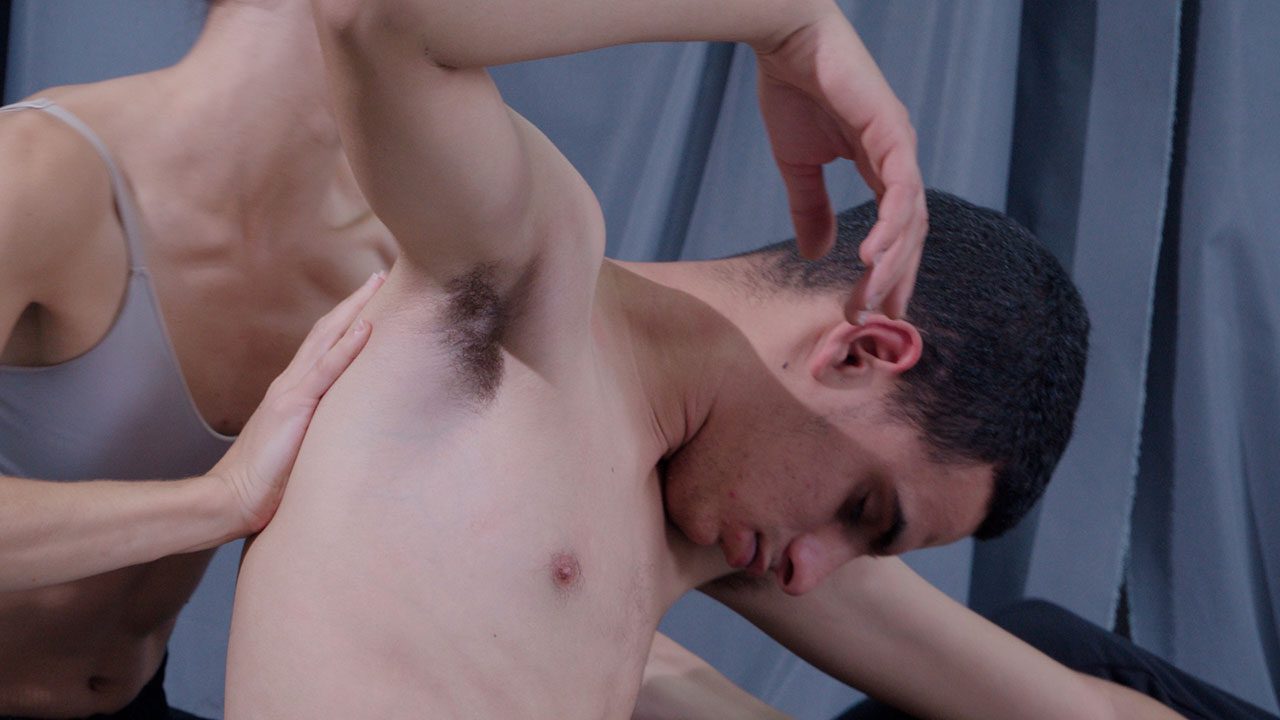
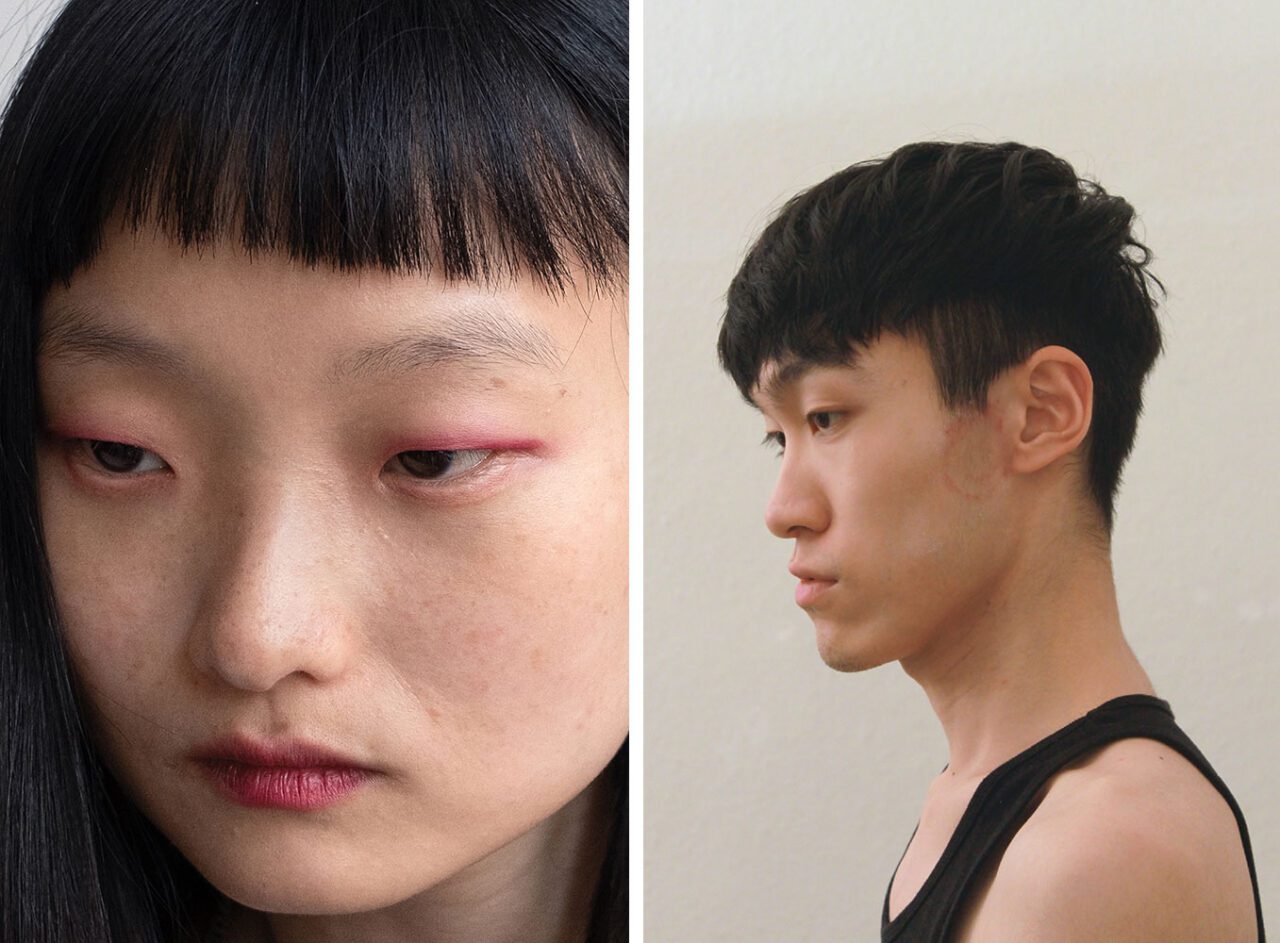
Right: Isaac Chong Wai, Self Portrait: The evening when I was beaten up by a stranger with a glass bottle, 2015, © Isaac Chong Wai
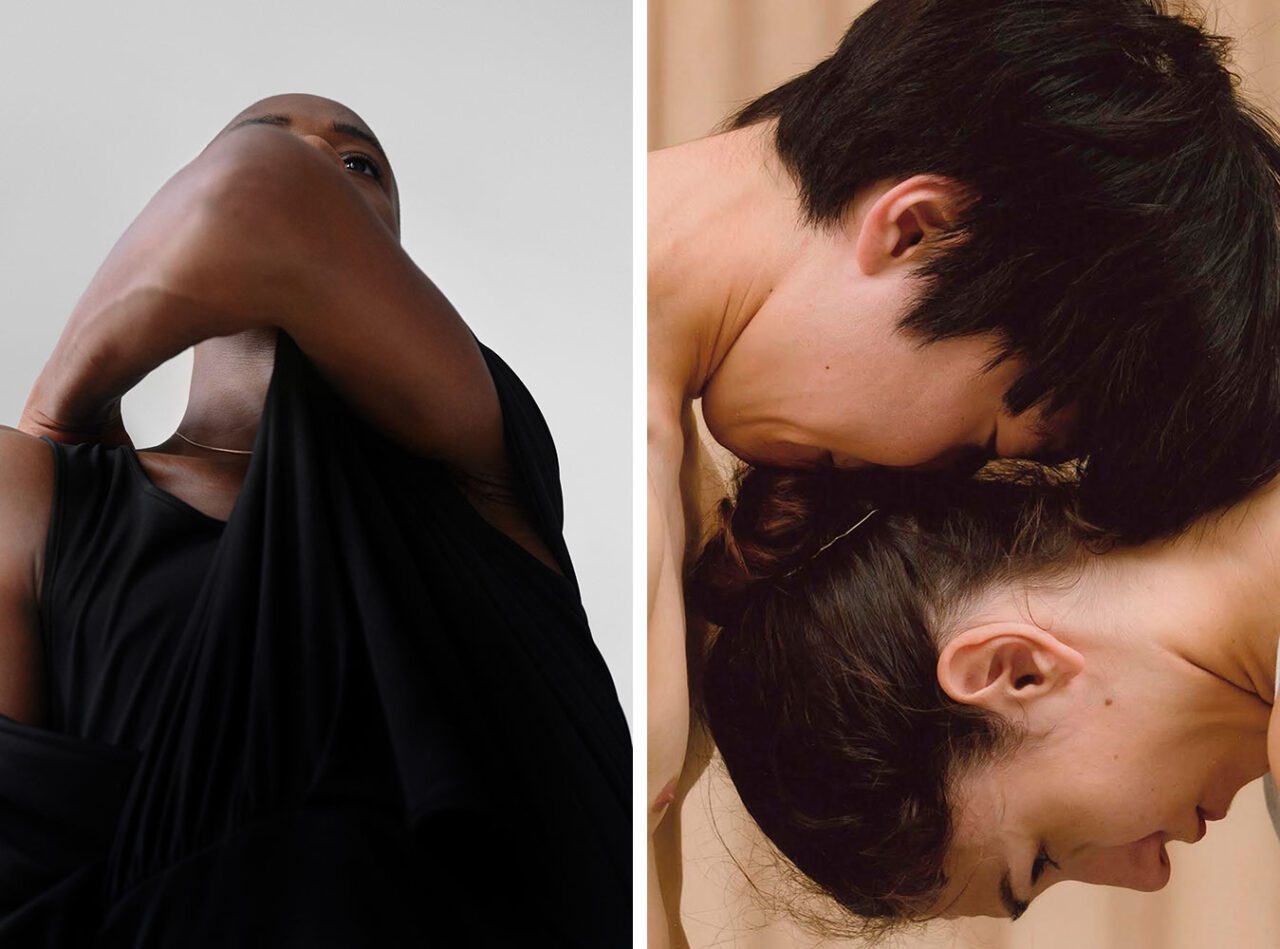
Right: Felipe Romero Beltrán, Instruction, 2022-2024, © Felipe Romero Beltrán
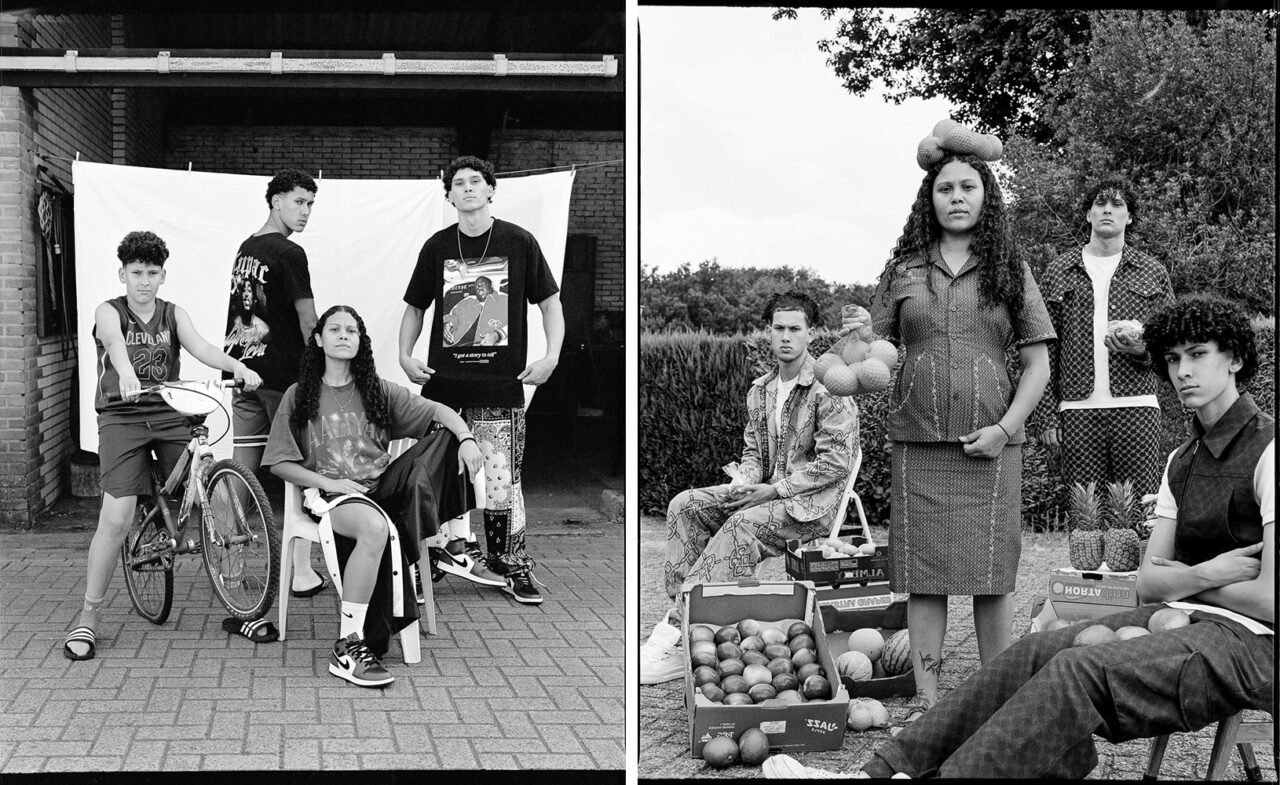
Right: Farren van Wyk, Selling Fruit on the Street. Mixedness Is My Mythology Series, 2024, © Farren van Wyk

